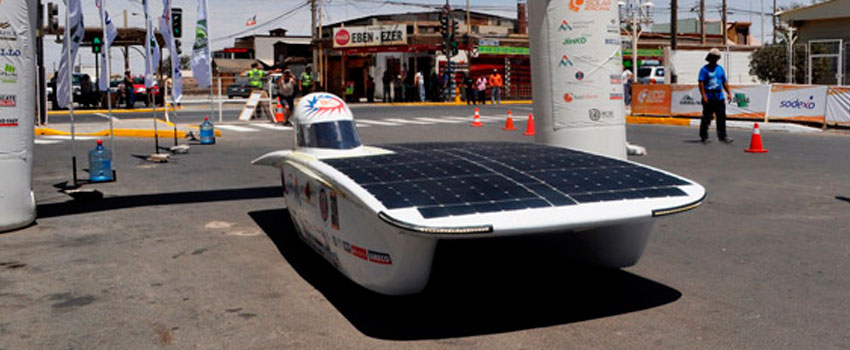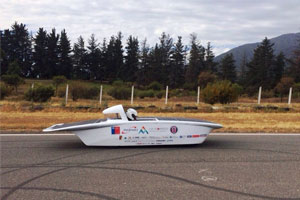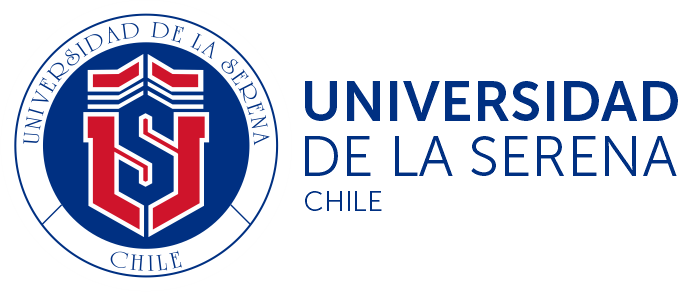- News
Intikallpa obtains second place in the Atacama Solar Race

The representative of the Coquimbo Region completed the circuit only nine minutes later than the Tokai, the two-time world champion Japanese solar car in this discipline.
“It wasn't possible, but the group gave their all,” was the prayer that was repeated in the Intikallpa team, the car that for the fourth time represented the Coquimbo Region in national and international competitions, and that on this occasion managed reach second place in the Atacama Solar Race 2014.
This time at the forefront were the world champions and one of the most advanced education centers in technological innovation, Tokai University. In this way, the Japanese took first place, beating Intikallpa by just nine minutes, while the University of Concepción was in third position.
“There was great work by the entire team, we worked on this car for about a year and we showed that throughout the competition we were on par with the Japanese team. It leaves us calm, because in South America we continue to be a benchmark as a team and we are going to continue working on this technological commitment, especially because our country needs it to achieve development,” commented Jaime Muñoz, captain of the regional team.
 Despite the result and the multiple sanctions that the Chilean car received -70 penalty points in the last stage-, the Antakari team went up with its head held high to the stage set up in the former Humberstone nitrate office, a place that mixed the worker's past pampino with the technology and modernity of these new machines.
Despite the result and the multiple sanctions that the Chilean car received -70 penalty points in the last stage-, the Antakari team went up with its head held high to the stage set up in the former Humberstone nitrate office, a place that mixed the worker's past pampino with the technology and modernity of these new machines.
The Intikallpa project was born in 2011 between the University of La Serena and the mining company with the aim of testing and promoting research in the field of non-conventional renewable energies. Thus, that same year they participated in the first version of the Atacama Solar Race, obtaining first place, a victory that was repeated in 2012.
After two national victories and the application of European and Asian technology, such as more efficient photovoltaic cells and high-performance lithium batteries, as well as a more aerodynamic design applied to combat aircraft, the team set itself more challenges, building a new car -in 2013-, where it participated in the World Solar Challenge in Australia, an international circuit where for the first time a Chilean and Latin American team managed to get on the second step of a world podium.
